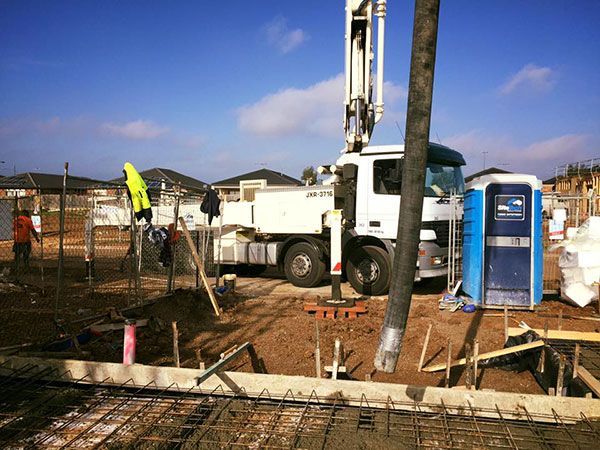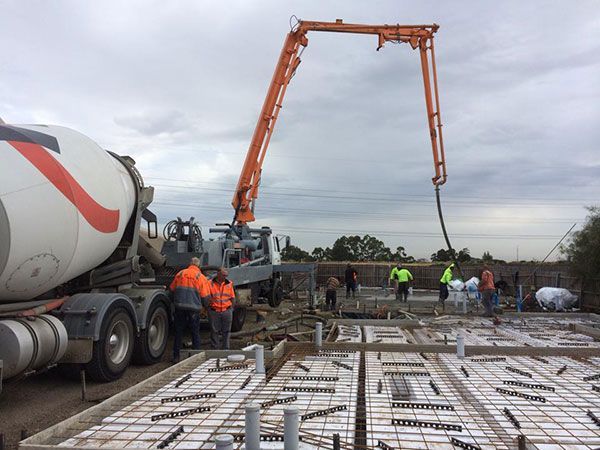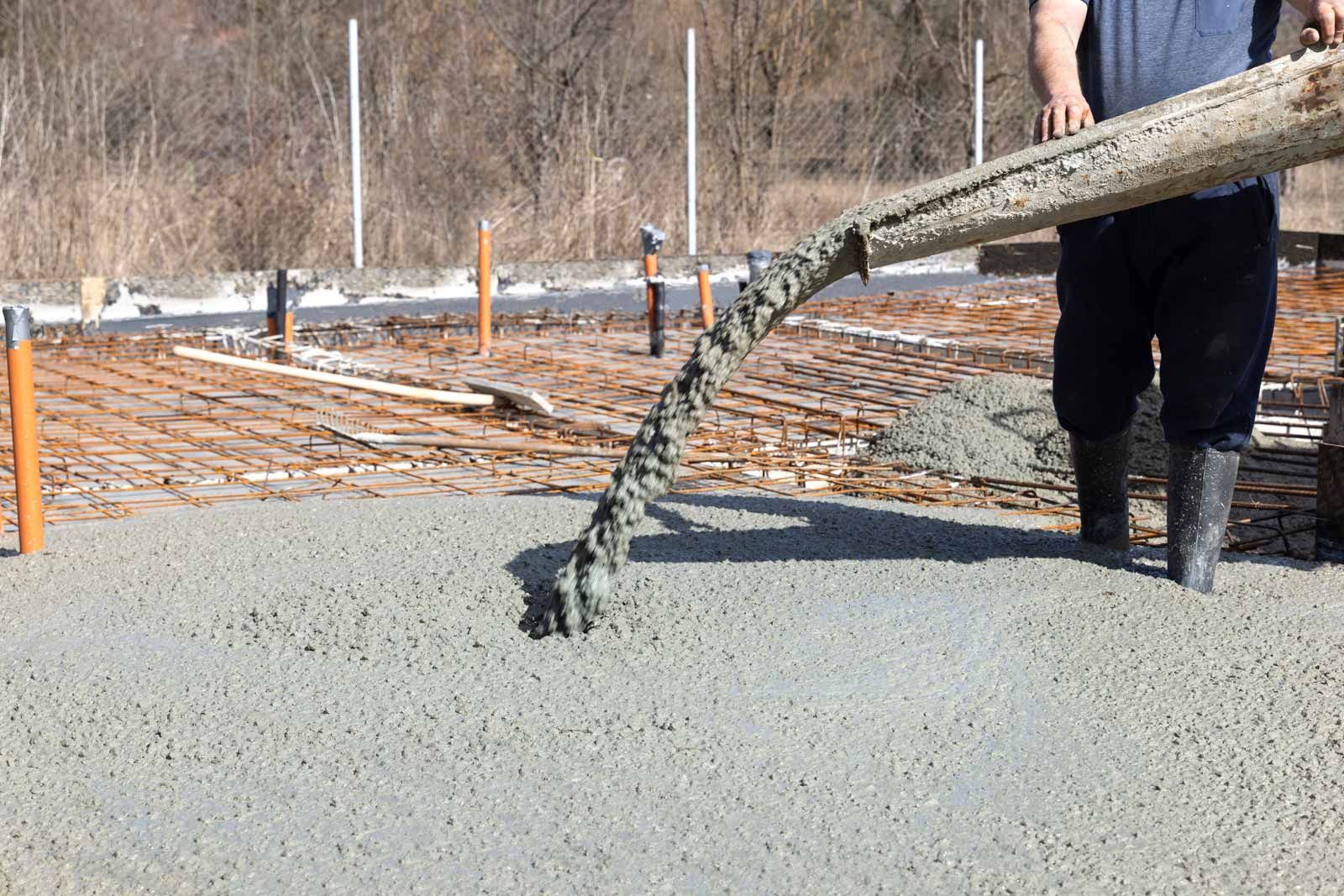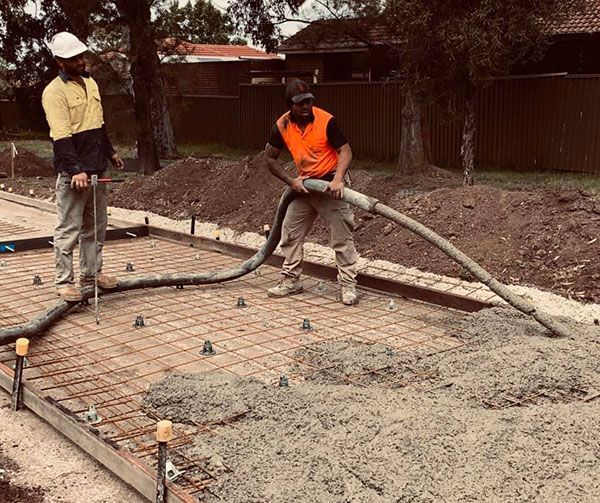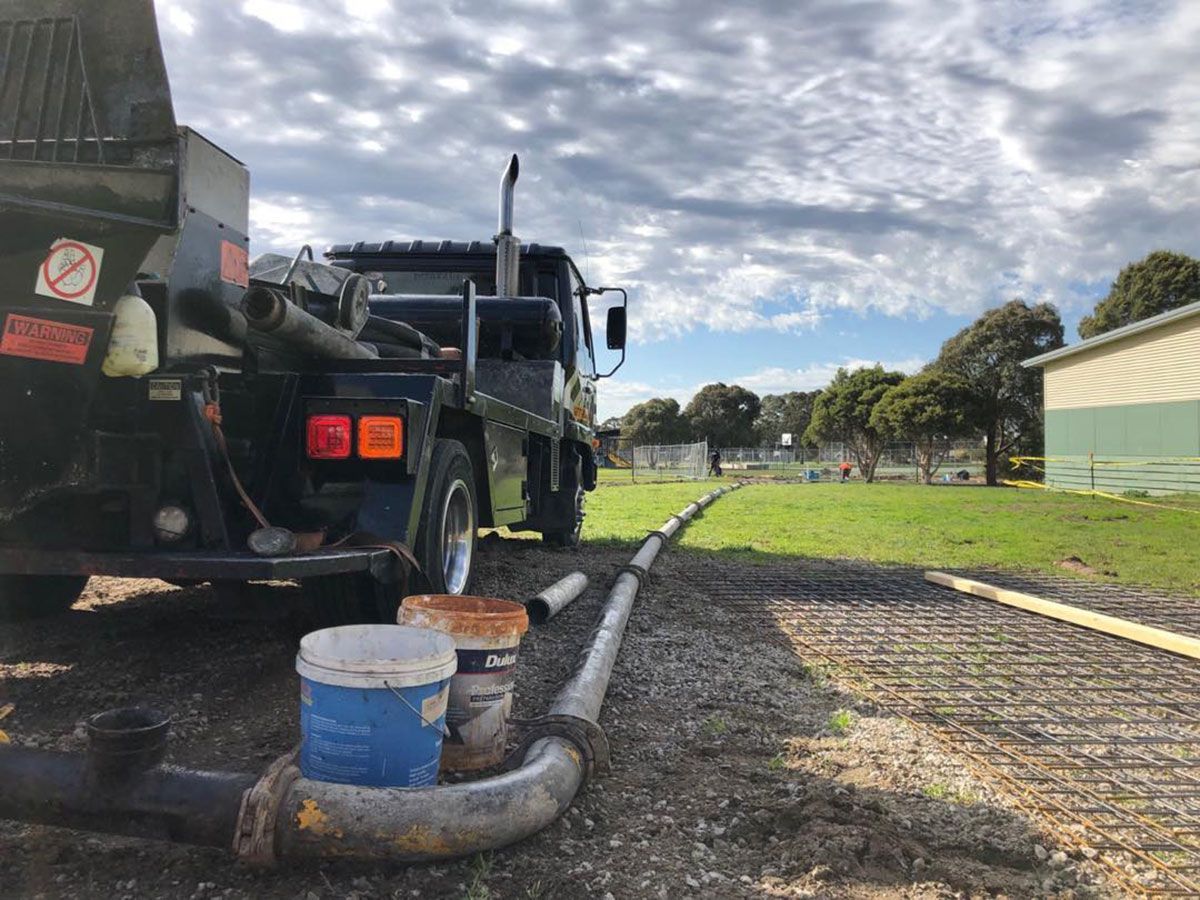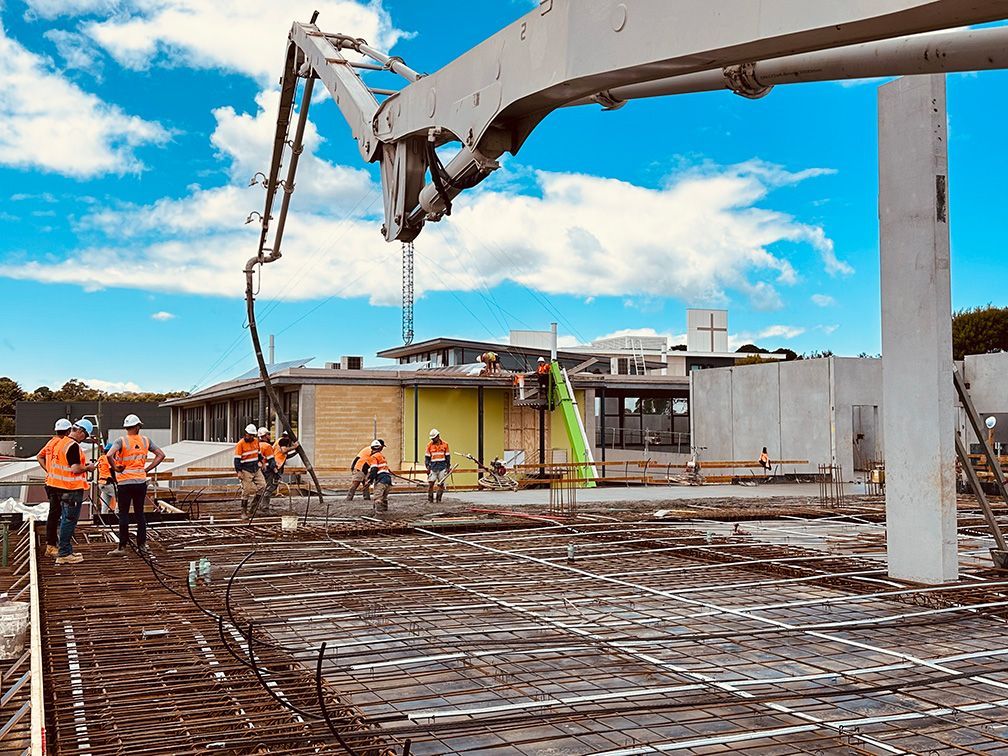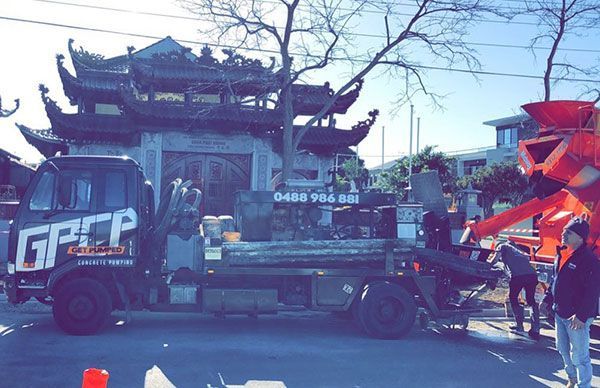A guide on concrete piers for reactive clay sites in Melbourne
Reactive clay is common across many Melbourne suburbs and poses a serious challenge for builders. Without the right footing system in place, poor soil conditions and moisture movement in the underlying soil can lead to cracks, slab heave, and structural failure. This guide explains how concrete pier footings — especially bored concrete piers — create a solid foundation for everything from homes to large structures.
Why reactive clay soils require specialised foundations
Unlike stable ground types, reactive clay constantly shifts in response to moisture, leading to uneven settlement beneath a structure. This movement can result in damage to slabs, walls, and finishes unless the footing system is designed to resist it. A standard shallow slab may not perform well in these conditions, especially over time. That’s why a pier foundation is often specified by engineers in areas with reactive soil types. By drilling deep into the earth, concrete piers bypass the unstable upper layer and transfer the building’s load down to firmer ground, creating a more durable and resilient outcome.
Why reactive clay soils require specialised foundations
Unlike stable ground types, reactive clay constantly shifts in response to moisture, leading to uneven settlement beneath a structure. This movement can result in damage to slabs, walls, and finishes unless the footing system is designed to resist it. A standard shallow slab may not perform well in these conditions, especially over time. That’s why a pier foundation is often specified by engineers in areas with reactive soil types. By drilling deep into the earth, concrete piers bypass the unstable upper layer and transfer the building’s load down to firmer ground, creating a more durable and resilient outcome.
How concrete piers improve load stability in poor soil conditions
Concrete piers are drilled deep into the ground to anchor your structure into stable strata, increasing the load bearing capacity of the site. This prevents movement and uneven settlement. Bored piers are a particularly cost-effective choice for Melbourne builds where the underlying soil has limited strength. In some cases, steel screw piles may be used as an alternative, but bored concrete piers remain a preferred option due to their durability and flexibility for different soil types.

